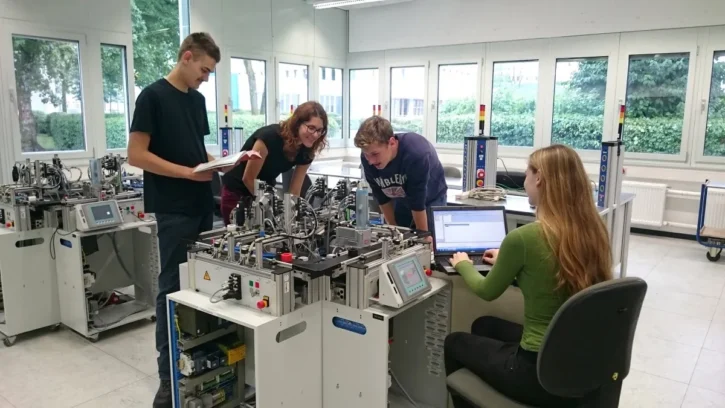
Source: knowledgetrust.org
The modern economy is a dynamic and ever-evolving beast. For organizations to stay competitive, they must rely on a skilled workforce that is able to adjust quickly and efficiently. Vocational training has become an integral part of this process, allowing organizations to upskill and reskill their staff in order to stay nimble and responsive in the face of changing market conditions.
In this blog post, we’ll explore how vocational training can help transform your business, ranging from developing a robust pipeline of talent to improving employee loyalty, retention rates and more. Read on to learn more about the ways you can use vocational training as a competitive advantage!
What is Vocational Training?

Vocational training is a type of education that prepares people for specific careers. It can be contrasted with general education, which typically provides more broad-based learning.
It can provide practical, real-world experience that can be invaluable in the workplace. It can also help businesses to develop highly skilled workers who are well-suited to their needs.
There are many different types of vocational training available, and businesses should consider what would best suit their needs. It can be delivered in a variety of ways, including through apprenticeships, traineeships, and other on-the-job programs.
Businesses should consider the benefits of vocational training when making decisions about workforce development. For many businesses, investing in it can be a key part of creating a productive and successful workforce.
The Benefits of Vocational Training

There are many benefits of vocational training, including:
- Increased productivity – When employees have the right skills for their jobs, they can work more efficiently and effectively, resulting in increased productivity for your business.
- Improved quality of work – Vocational training can help employees to improve the quality of their work, as they will be better equipped to carry out their roles properly.
- Reduced mistakes and accidents – Employees who are properly trained are less likely to make mistakes or have accidents at work, which can save your business time and money.
- Enhanced morale and motivation – Employees who feel valued and invested in by their employer are more likely to be motivated and engaged in their work, leading to improved morale.
- Greater retention of staff – By providing employees with vocational training, you can improve retention rates as they will be more likely to stay with your business if they feel supported in their development.
How to Implement Vocational Training in Your Business?

Vocational training can help improve the skills of your employees and make your business more productive. Here are some tips on how to implement vocational training in your business:
- Decide what type of vocational training you want to offer. There are many different types of vocational training available, so it’s important to choose the right one for your business.
- Find a reputable provider of vocational training. Make sure you research potential providers carefully to ensure they offer quality training.
- Determine how you will fund the training. Vocational training can be expensive, so you’ll need to determine how you will fund it ahead of time.
- Implement the training program. Once you’ve chosen a provider and determined how you will fund the program, you can start implementing it in your business.
Conclusion
Vocational training has a number of benefits that can improve the success of your business. By providing employees with skills and knowledge, you are investing in their development, which will benefit your company. It is also cost-effective as it reduces turnover and allows for better productivity. With so many advantages to vocational training, it is definitely something worth considering for businesses of all sizes.







